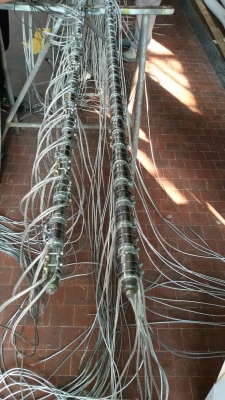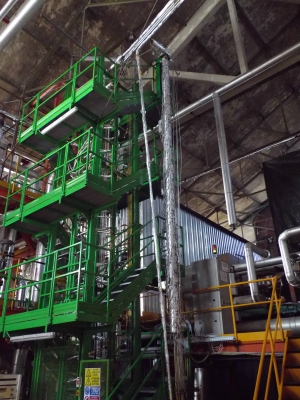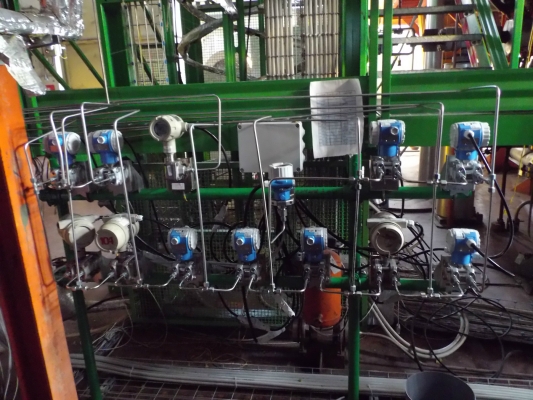September 26th, 2016 - Testing on Nuclear Power Plant Safety Systems
In March 2011, in the Fukushima nuclear power plant (Japan), a Tsunami, originated by a magnitude 9 (Richter scale) earthquake put out of order most of the plant emergency cooling systems. These cooling systems consisted of water flushed by electrical motor-driven pumps. Since that time, research on “passive” cooling systems – able to run without any external energy input - increased more and more with regards to previous studies carried out in the nineties,which led to implement such systems in some of the reactors currently under construction (e.g.: AP1000, ESBWR).
ENEA, with reference to a program settled by the Ministry of Economic Development for the research on the electrical system, commissioned SIET to carry on tests aimed to study a "passive" cooling system for advanced third-generation nuclear reactors. This system exploits the natural circulation by gravity to remove the nuclear reactor decay heat in emergency conditions.
The testing was performed entirely at the SIET laboratory in Piacenza. It has been successfully completed in September 2016. Results were promising also taking into account the development of fourth generation reactors which should be commercially available in 30 - 40 years from now.
The research activity has involved researchers at SIET, ENEA of Bologna (Nuclear Safety and Sustainability Division) and Politecnico di Milano (Department of Energy).
Watch the video.



